Who Should We Eat? – Last Meeple Standing Game Overview and Review
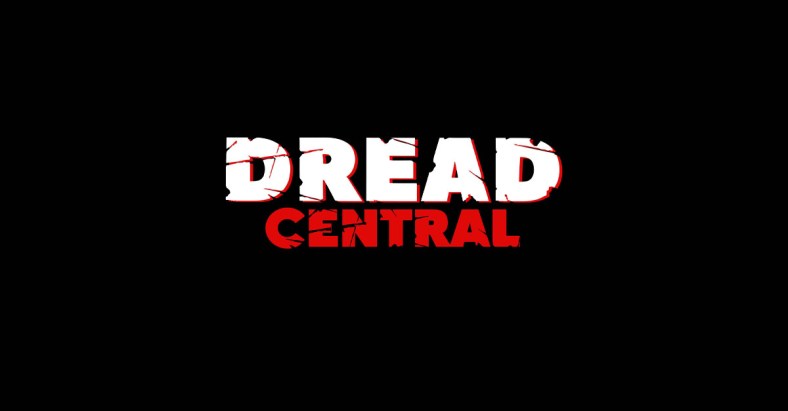
Ahh… the holidays. They are a time of love, sharing, kindness, and good food. But, what if you are stranded on a desert island with a bunch of folks who are willing to resort to good old “long pig” (you, that is…) to obtain that good food? This is the premise of the new game from WizKids, a company primarily know for wholesome games that do not deal with cannibalism.
How this little number came about, I’ll never know. I can only imagine how the elevator pitch for the semi-cooperative game Who Should We Eat? went: “So, we have an idea for a super bright, color-saturated, simple card game revolving around something like LOST where the Survivors of a crash on a deserted island are a little too ready to make a light snack of each other in order to stay alive and escape. We’ll say it is for ages 14 and up, but we’ll package it up like a Saturday morning cartoon…sorta like cigarette ads.”
I suppose that day, the execs at WizKids were extremely hung over, because they gave this game the green light, and I’m GLAD they did, as this game is good, clean human-eating fun!
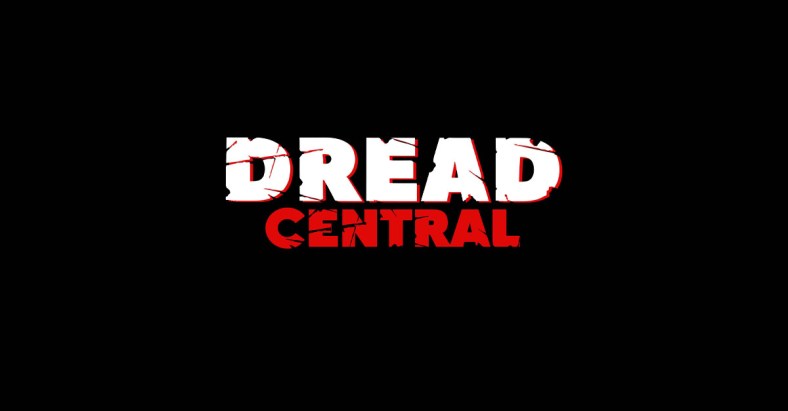
COMPONENTS:
Keeping with WizKids standards, the components for this game, considering the light-weight nature of the gameplay, are top notch. The three boards used for tracking food, sanity, and building (for the getaway raft) are super-thick cardboard, heavy and sturdy. All of the cards used in the game are printed on thick, crisp cardstock that *snap* nicely when you shuffle them. The four tracking tokens used on the tracking boards are printed on the same cardboard, so they will likely hold up forever. Another nice touch is the first-player token. It’s a weighty wooden conch shell. It’s something beyond the call of duty for a game like this, as WizKids could have chosen to just go with a cardboard token. Good job, guys! There are also 10 “straws” printed on the same thick cardboard that are used to determine the winners of knife fights and who has to resolve a Quest.
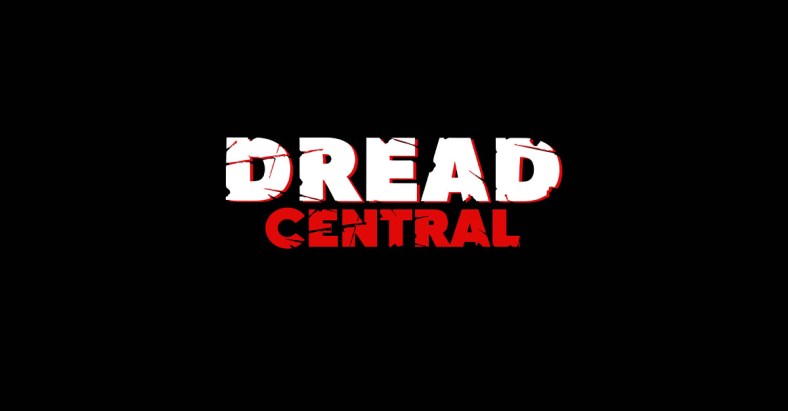
SETUP:
Setup is pretty quick and painless (unlike dismembering and eating someone). First, place the three tracks for food (red), sanity (blue), and building (green) in the middle of the play area and find the survivor cards that match their color. Shuffle the matching survivor cards and place them on the corresponding tracks, leaving room for a discard pile. Place tracking tokens on each board (starting location dictated by the number of players). Shuffle the Quest deck and turn over three cards face up within reach of all players. Shuffle the Ghost deck (more about this cool thing soon…) and place it near the track boards. Deal each player a Role card. These cards will dictate turn order as well as provide a special power that role has access to during game play. The game comes with really cool “straws” (as in “draw for the short straw”) that are used during specific points in the game, so place them within reach of all players (when in any game are you told to place components OUT of reach of the players?). Then, in a really funny turn, the player who ate last takes the first player Conch and is called the Leader. You’re now ready to start planning who to devour.
GAMEPLAY:
The goal of Who Should We Eat? Is to manage your Food, Sanity, and raft Building in order to get off the island before you starve, go insane, or the Ghosts just plain get you before you can sail away. The order of play is split into five distinct phases: Morning Phase, Afternoon Phase, Evening Phase, Trial Phase, and Salvation Phase. Each phase has a number of sub-steps, which, while not super complicated, might take a while to explain, so I’ll talk about each phase in generalities, discussing what happens in each phase on a high level.
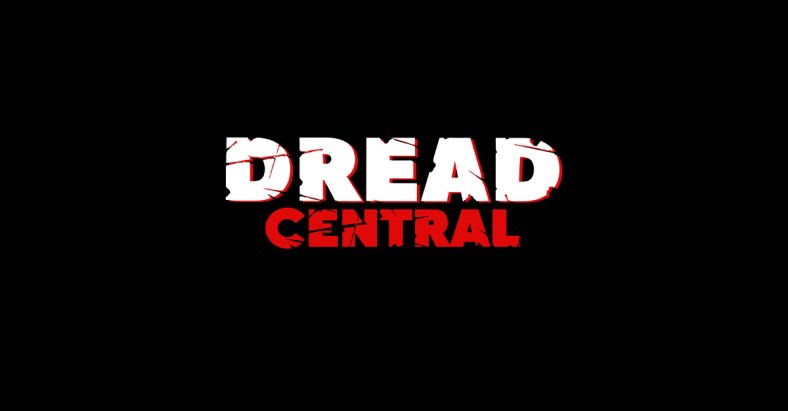
The Morning Phase is a kind of an “upkeep phase,” common in many games, where you pass the first player token to the next player, the Dead Return (yup, if you die in this game, you come back as a GHOST to fuck with the players that are still living…you are never fully removed from the game!), players draw their cards, and place cards they will play during a turn.
The Afternoon Phase entails the Leader choosing a “Quest” for the group from the previously displayed Quest cards. You’ll find these quests have various benefits and detriments: generally a negative effect for the player that draws the shortest “straw,” but a positive effect for the group as a whole. At this point, players, in turn order, resolve the effect of their Play card, adjusting the values on the various tracker boards per the effects of the cards.
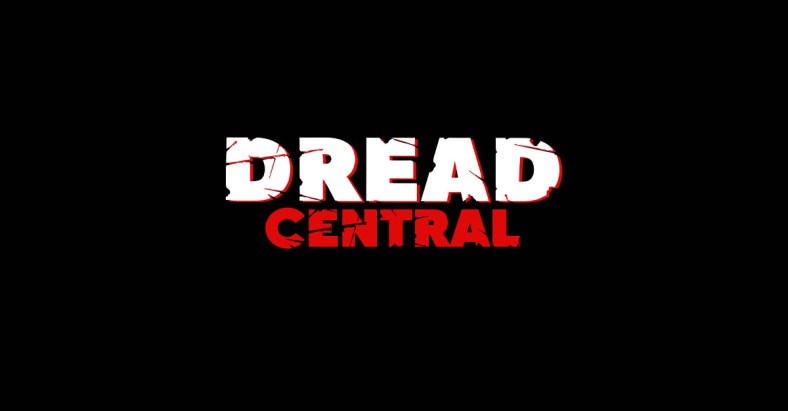
The Evening Phase involves the players having to come to terms with what choices they made during the day. Sanity on the tracker is reduced 2 points, no matter how many players still survive. This is important, because if the sanity meter ever reaches 0, the Survivors lose their minds and the Ghosts win, ruling your own little Batavia island (excellent cannibal history). Then, all of the Survivors have to eat. Reduce the Food track by 1 for each survivor still in the game. If all of the Survivors have eaten and the Food track remains at 0 or above, play proceeds to the Salvation phase. If not, shit gets UGLY, and the players move on to the Trial Phase, entailing the said Trial and knife fights!
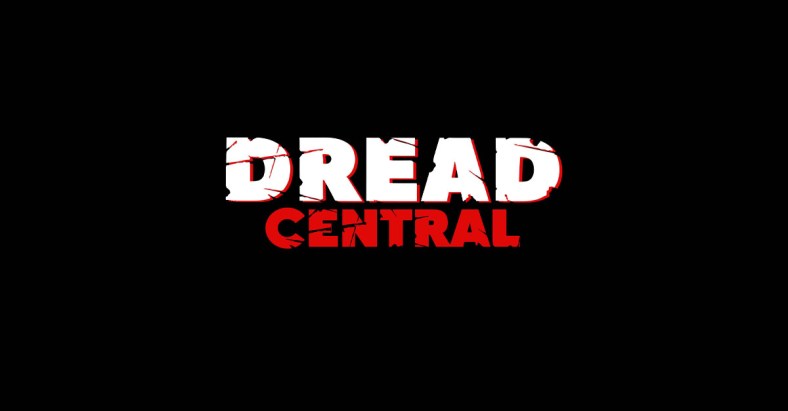
The Trial Phase involves three main elements:
(A) an actual trial, where players argue among themselves to fight for who should be sacrificed and eaten
(B) possible knife fights (losers determined by the drawing of “straws”), where Survivors can reveal a knife card in their hand and declare an attack on another player (who may reveal a shield card to protect themselves)
And (C) close of discussion (if there is not a knife fight) and a vote to determine who is going to be the soup of the day. Now, mind you, I’ve played a lot of downright grim games, but the Trial Phase of this cute, airy, lightweight game is one of the most brutal things I’ve experienced in my years of collecting. Friendships may be strained by this game if you don’t have the right play group. Yikes!
The Salvation Phase takes place if a Trial Phase is not required. It involves checking to see if the raft has been completed with enough food and sanity remaining, thus allowing the Survivors to hop on their raft and sail into the sunset…and hopefully not into shark-infested waters. If the raft is not ready during this phase, the Survivors awaken the next morning, ready to do it all over again until they go insane, starve, or escape.
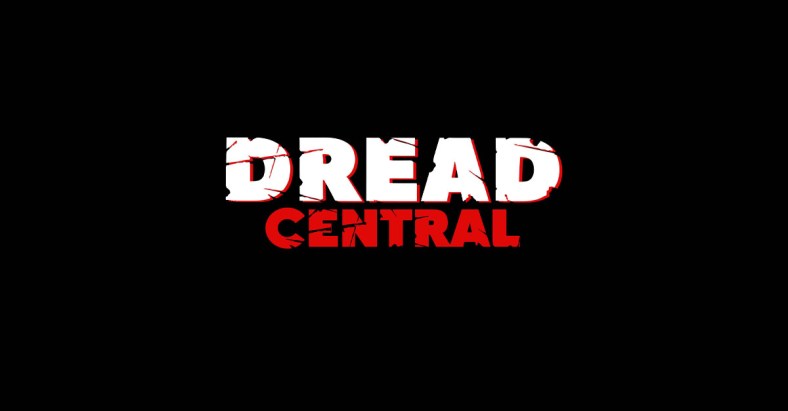
Now, I mentioned Ghosts. These are an important and interesting element to the game. In the morning, if a player was eaten or knifed to death (how cheery), they come back as a Ghost and remain in the game to cause woe, stress, and complications for the remaining Survivors. Ghosts have their own deck of cards from which they draw. These cards allow ghost players to directly impact gameplay, limiting the types of cards that can be drawn and played, decreasing food or sanity, etc. The Survivors will truly come to hate the Ghosts, especially since the Ghosts can win the game. Also, when a player dies, the Sanity chart is decreased by two, so that again makes the game harder to win. As the game progresses, and the island becomes more infested with Ghosts, the living will come to hate life. The Ghosts will surly see to that.
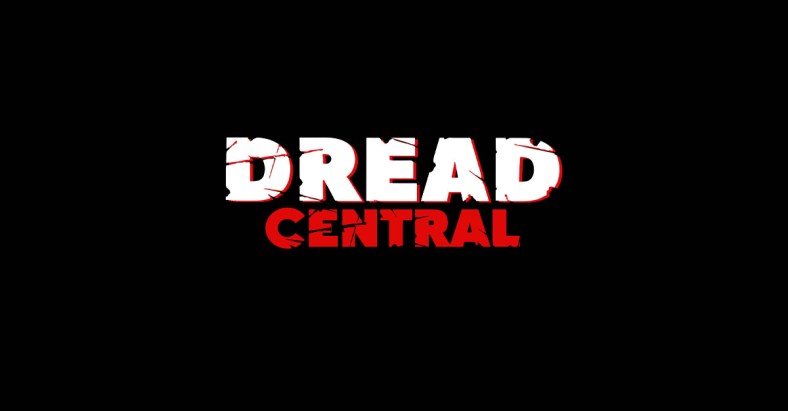
WINNING:
The Survivors win if the Build tracker is equal to or above the Raft target at the end of a round in which the Survivors did not have to go to Trial. However, the Survivors lose if:
(A) the Sanity tracker hits 0 at any point
(B) a new Quest card cannot be revealed to fill the selection
Or (c) a Trial Phase begins in which there are only two Survivors remaining.
As I said, brutal. One way to win and three ways to lose.
FINAL THOUGHTS:
Who Should We Eat? is the kind of game you only want to play with the right crowd. Me? I love the theme of cannibalism, but some folks (with the last name Donner) might take offense. That rarely bothers me, but it might bother your play group. Beyond that, there is a lot of tension in this game surrounding arguments about who should be sacrificed or just plain gutted in a knife fight to ensure the survival of the rest of the Survivors. I can see hurt feelings taking place over this game if you don’t have the right people involved. There can be raised voices and a lot of “screw your neighbor” play, especially if someone knifes a few to many folks or the wrong person. I happen to LOVE a good cutthroat game, but some folks can’t handle conflict in a game (I’m looking at you, Rhado). The components, mechanics, and gameplay are good here. I commend WizKids for surprising me with this game, but while revenge is a dish best served cold, in Who Should We Eat?, it is the order of the day.
PRODUCT DETAILS:
Designers: Mike Harrison-Wood & Chris MacLennan
Artist: Pablo Hildago
Publisher: WizKids
Published: 2017
Players/Playtime: 4 to 10 (!) players/30 min
RATING:
3/5
Last Meeple Standing is brought to you by Villainous Lair Comics & Games, the ultimate destination for board game fanatics in Southern California. For more information visit the official Villainous Lair Comics & Games website, “Like” the Villainous Lair Facebook page and be sure to follow Villainous Lair on Twitter and Instagram.
Categorized:Horror Gaming News

